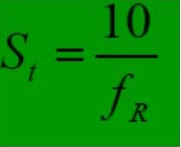
دنیای مهندسی سازه های دریایی
Offshore Structures
دنیای مهندسی سازه های دریایی
Offshore Structuresدرباره من
پیوندها
- king-of-offshore این تلگرام جهت اطلاع رسانی از مطالب وبلاگ برای گروه می باشد/This the Telegram for information of the blog for groups/Este telegrama la información del blog para grupos
ابر برجسب
سازه های دریایی offshore structures wind turbine Persian Gulf soil mechanics مهندس بیژن محمدی سازه دریایی pipelines Platform jacket retaining walls konstrukcje offshore offshore constructies offshore szerkezetek Structural offshore konstruktioner Bijan Mohammadi بیژن محمدیجدیدترین یادداشتها
همه- نشریه شماره 71 محافظت ابنیه فنی آهنی و فولادی در مقابل خورندگی سال 1356
- کلیم در پروژه های عمرانی ،دریایی و ساحلی (آماده جهت همکاری با شرکتها پیمانکاری دریایی (لایروبی)
- Climatic and environmental information in terms of wind speed, snow load, etc
- پیشرفت در تکنولوژی واشر /Advancements in Fastening Technology
- طراحی سازه های خاص و صنعتی/Design of special and industrial structures
- طراح سازه سوله و سازه خاص و جکتها/Designer of shed structure and special structure and jacks
- تست هوای پرواز اولین هواپیمای آب نشین در ایران در کنار اولین مارینا خصوصی
- ساخت مارینا/ Marina construction
- نحوه تحویل گرفتن شمع(حفاری دستی) از پیمانکار به صورت شاقولی/How to receive the pile from the contractor vertically
- کشتی تحت پرچم یک کشور دیگر،Ship under the flag of another country
بایگانی
- فروردین 1403 1
- آذر 1402 2
- مهر 1402 1
- شهریور 1402 1
- مرداد 1402 1
- تیر 1402 1
- اردیبهشت 1402 1
- بهمن 1401 1
- مهر 1401 1
- مرداد 1401 1
- اردیبهشت 1401 1
- دی 1400 1
- آذر 1400 1
- شهریور 1400 1
- بهمن 1399 1
- بهمن 1398 2
- اردیبهشت 1398 1
- فروردین 1398 1
- اسفند 1397 2
- بهمن 1397 3
- دی 1397 3
- آذر 1397 3
- آبان 1397 3
- شهریور 1397 10
- مرداد 1397 9
- تیر 1397 8
- خرداد 1397 3
- دی 1396 1
- آذر 1396 1
- مهر 1396 6
- شهریور 1396 2
- فروردین 1396 6
- اسفند 1395 6
- بهمن 1395 3
- دی 1395 3
- آذر 1395 12
- آبان 1395 4
- مهر 1395 2
- شهریور 1395 3
- مرداد 1395 1
- تیر 1395 8
- خرداد 1395 8
- اردیبهشت 1395 8
- فروردین 1395 13
- اسفند 1394 5
- بهمن 1394 4
- دی 1394 10
- آذر 1394 6
- آبان 1394 3
- مهر 1394 8
- شهریور 1394 10
- مرداد 1394 10
- تیر 1394 10
- خرداد 1394 10
- اردیبهشت 1394 10
- فروردین 1394 12
- اسفند 1393 18
- بهمن 1393 15
- دی 1393 15
- آذر 1393 7
- آبان 1393 9
- مهر 1393 18
تقویم
فروردین 1403| ش | ی | د | س | چ | پ | ج |
| 1 | 2 | 3 | ||||
| 4 | 5 | 6 | 7 | 8 | 9 | 10 |
| 11 | 12 | 13 | 14 | 15 | 16 | 17 |
| 18 | 19 | 20 | 21 | 22 | 23 | 24 |
| 25 | 26 | 27 | 28 | 29 | 30 | 31 |
جستجو
فیلم نحوه آزمایش نفوذ مخروط با ماشین/Video of cone penetration test with car
این فیلم نحوه آزمایش نفوذ مخروط را نشان می دهد.
This is Video of cone penetration test
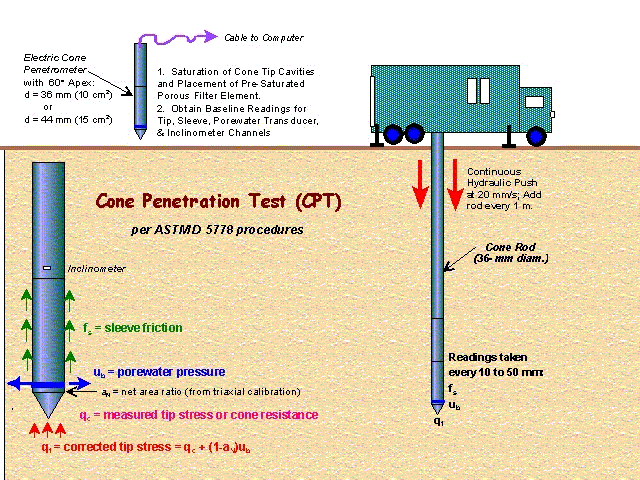
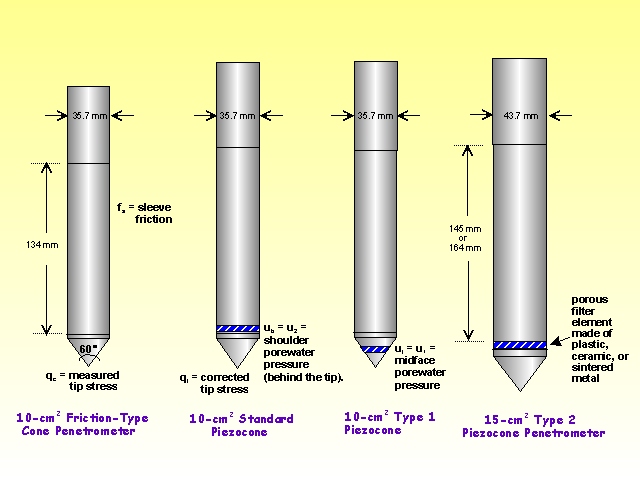

The cone penetration or cone penetrometer test (CPT) is a method used to determine the geotechnical engineering properties of soils and delineating soil stratigraphy. It was initially developed in the 1950s at the Dutch Laboratory for Soil Mechanics in Delft to investigate soft soils. Based on this history it has also been called the "Dutch cone test". Today, the CPT is one of the most used and accepted in soil methods for soil investigation worldwide.
The test method consists of pushing an instrumented cone, with the tip facing down, into the ground at a controlled rate (controlled between 1.5 -2.5 cm/s accepted). The resolution of the CPT in delineating stratigraphic layers is related to the size of the cone tip, with typical cone tips having a cross-sectional area of either 10 or 15 cm², corresponding to diameters of 3.6 and 4.4 cm. A very early ultra-miniature 1 cm² subtraction penetrometer was developed and used on a US mobile ballistic missile launch system (MGM-134 Midgetman) soil/structure design program in 1984 at the Earth Technology Corporation of Long Beach, CA
Cone Penetration Testing (CPT) is used to identify subsurface conditions in the upper 100 ft of the subsurface. The USGS CPT uses a 23-ton truck to push a “cone” into the ground. The weight of the truck is partially supported by both the tip of the cone and the sleeve of the cone. The “tip resistance” is determined by the force required to push the tip of the cone and the “sleeve friction” is determined by the force required to push the sleeve through the soil. The “friction ratio” is the ratio between sleeve friction and tip resistance, measured as a percentage. Soil type and thereby resistance to liquefaction can be inferred from these measurements

فیلم نحوه آزمایش نفوذ مخروط/Video of cone penetration test
آزمایش نفوذ مخروط CPT
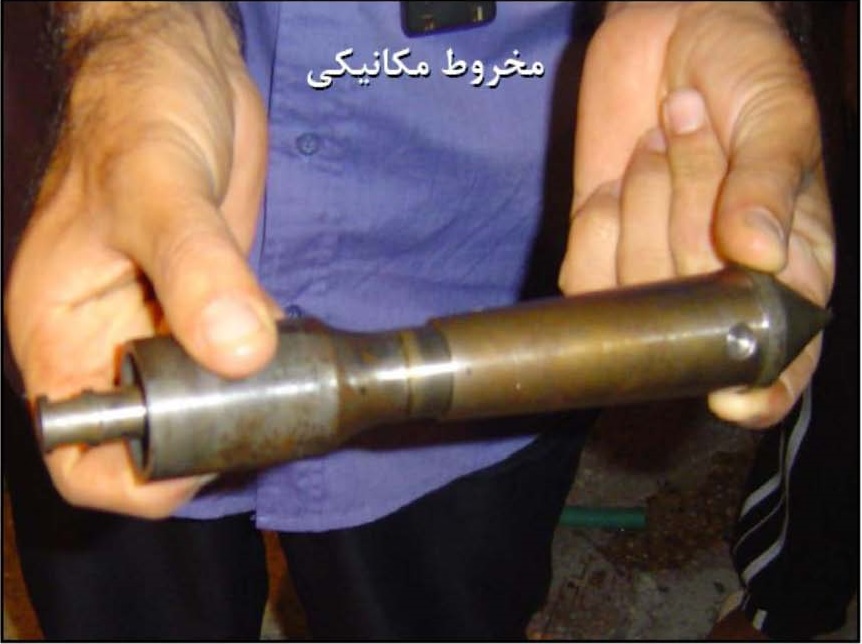
این آزمایش بجای آزمایش نفوذ استاندارد بخصوص برای رسها ولای های نرم و رسوبات ماسه ای ریز تا متوسط، بطور وسیعی مورد استفاده قرار گرفته است. این آزمایش تناسب چندانی با رسوبات شنی یا رسوبات چسبنده سفت و سخت ندارد.

این آزمایش شامل فشردن مخروطی استاندارد به داخل زمین با سرعت 10 تا 20 میلیمتر بر ثانیه و ثبت مقاومت مربوطه می باشد. اطلاعات ثبت شده معمولا مقاومت جانبی مخروط، مقاومت اتکائی و عمق می باشد.

چنانچه خاک دارای لایه بندی باشد این آزمایش را می توان همراه
با حفاری انجام داد. در
این حالت گمانه تا لایه سست حفاری
شده و آزمایش انجام می شود، سپس گمانه تا لایه بعدی
حفر گردیده و آزمایش مجددا انجام می شود و اینکار تا عمق
و لایه های مورد نظر ادامه می یابد
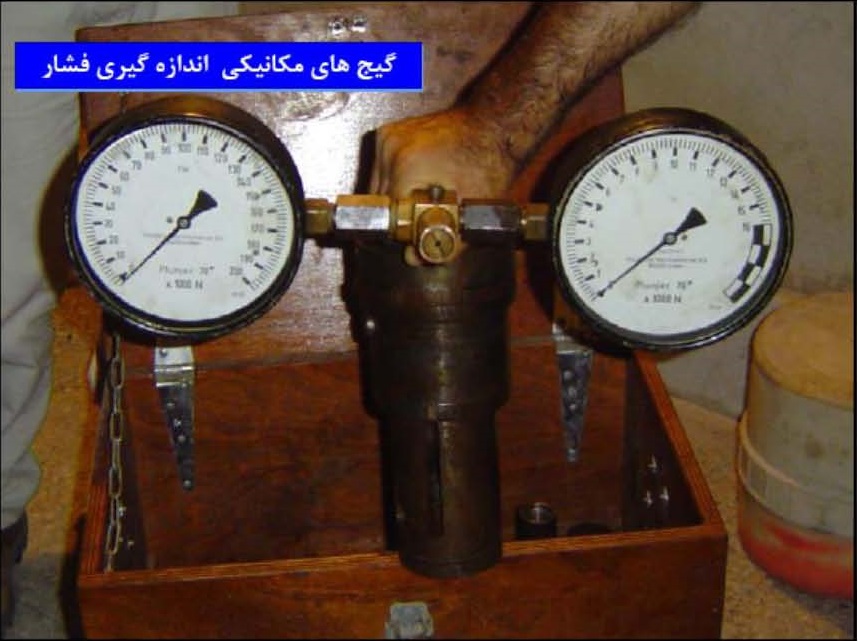
مقاومت اندازه گیری شده نوک و اصطکاک جداری به صورت زیر برای محاسبه نسبت اصطکاک بکار برده می شود:
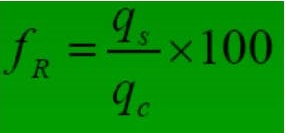
از نسبت اصطکاک برای طبقه بندی خاک استفاده می شود. نسبت اصطکاک را می توان با استفاده از رابطه تجربی و تقریبی زیر برای تخمین حساسیت خاک بکار گرفت.
